Column: Two April events will produce long-lasting, environmental impacts for Palm Beach
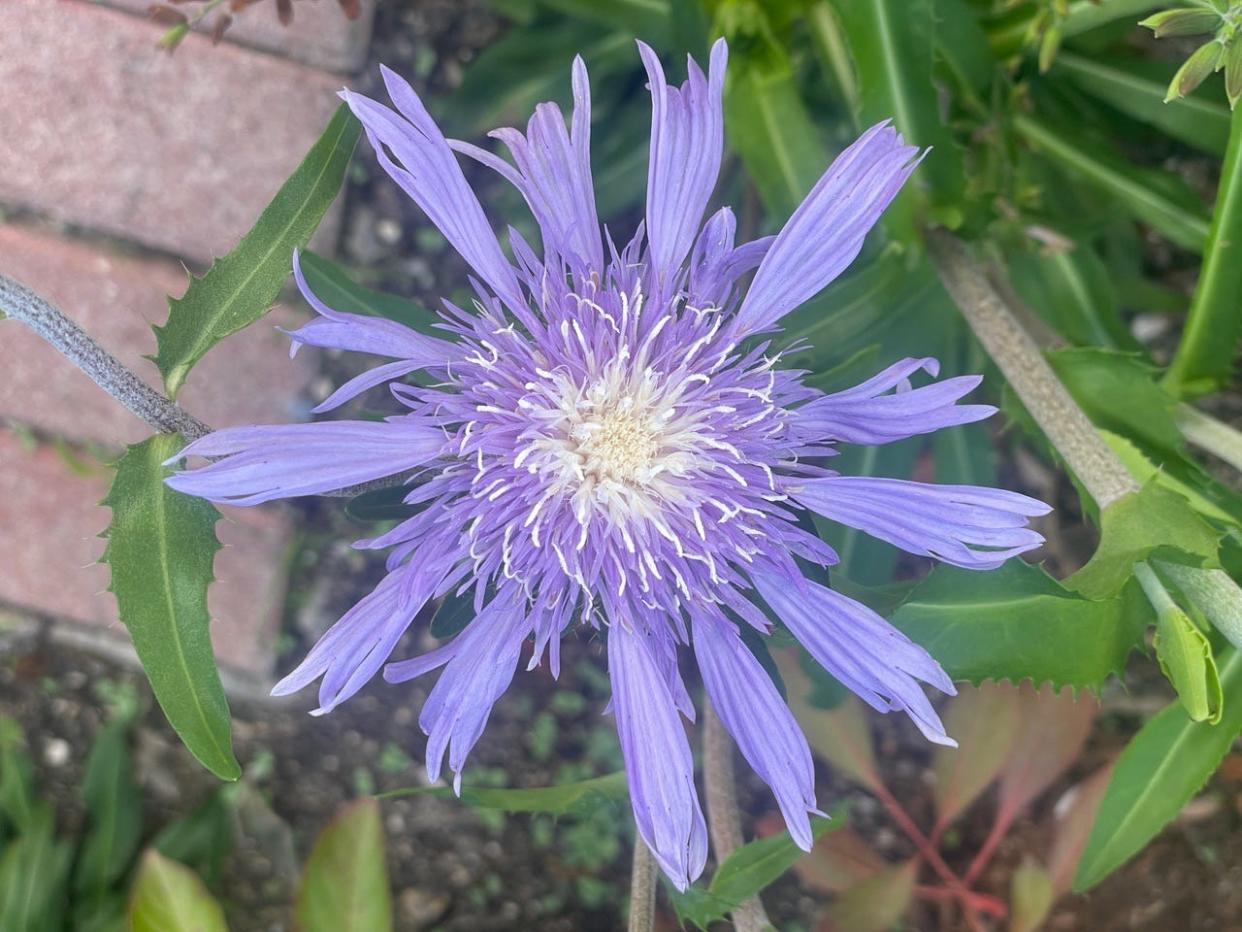
There were two significant events at the end of April that have the capacity to transform the character of Palm Beach.
The first was the groundbreaking for Phipps Ocean Park, which begins the revitalization of 18 acres of land from the Intracoastal Waterway to the Atlantic Ocean, donated to the town in 1948 by the Phipps family.
The second was the approval by the town for a sustainable living shoreline along the Intracoastal on the North End of the island across from the Palm Beach Country Club.
After 75 years, Phipps Ocean Park will be transformed by the Preservation Foundation into a powerhouse of environmental education. The master plan incorporates educational facilities with native landscaping to restore, protect, and preserve the coastal and intracoastal vegetation and natural habitat for future generations.
Unique, diverse and extraordinary spaces will inspire visitors to understand and appreciate the importance of environmental sustainability. Incorporating landscape architect Raymond Jungle’s vision to promote the park as a nature preserve, it will be planted with only native species, capturing the original spirit of the land as the Phipps family knew it. Visitors will then learn how they can incorporate these valuable and essential species into their own landscapes and gardens.
Curvilinear paths winding along the ocean and Intracoastal will add exceptional beauty and interest to the new features and diverse habitats of the area, offering pleasant surprises around each bend.
Native plants will replace the invasive species that have choked out existing native habitats, allowing birds and wildlife to return to the area.
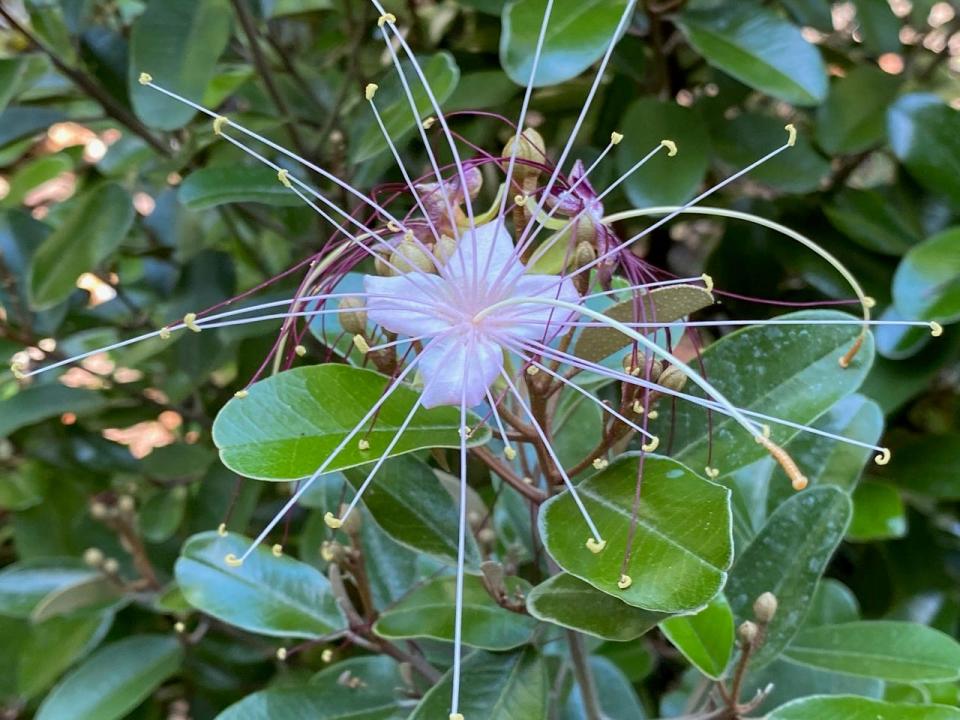
Mangroves will be added along the Intracoastal to provide a living sustainable shoreline, promoting protected nurseries for juvenile fish and marine life, while shielding the coast from storm surge and destructive winds. Demonstrating how mangroves can be a fundamental defense against hurricanes and tropical storms while contributing to the health of our fisheries and aquifers will hopefully encourage their continued use along the intracoastal further north.
Phipps Ocean Park will also include a coastal restoration center dedicated to growing additional native species for the park and for the Town of Palm Beach.
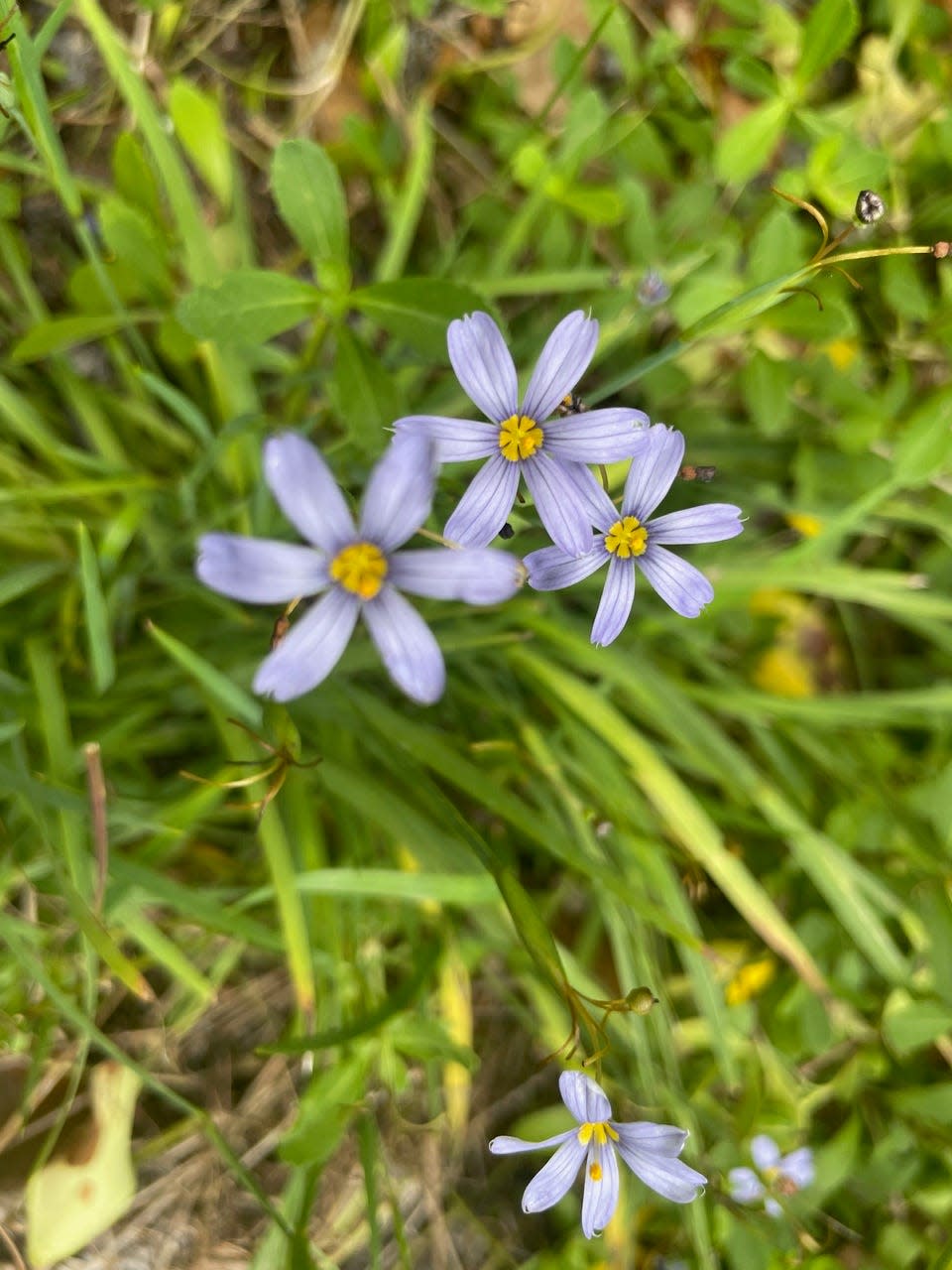
This nursery/propagation facility will provide hands-on activities to teach children and adults how to restore coastal ecosystems throughout the island and in their own backyards. Rain gardens will provide models for flood control, mitigating the effects of storm water runoff by filtering harsh chemicals and waste residue.
And no toxic pesticides, fungicides or herbicides of any kind will be used, rendering the park and its wonderful dune playground a safe haven for children. Phipps Ocean Park will be a model for Florida and for the entire country on ecological restoration and education.
Open tract of land won't be an embarrassing eyesore anymore
Meanwhile, the approval by the town for a sustainable living shoreline along the Intracoastal on the North End will make a huge impact. This open tract of land has been an embarrassing eyesore to the community for the last decade or more.
Huge swathes of invasive Sansevieria, native to South Africa, were planted here years ago and they are as ugly as they are unmanageable. Spreading by underground rhizomes, this plant has taken over vast swatches of this once beautiful coast and it is ripping up the bike path as well.
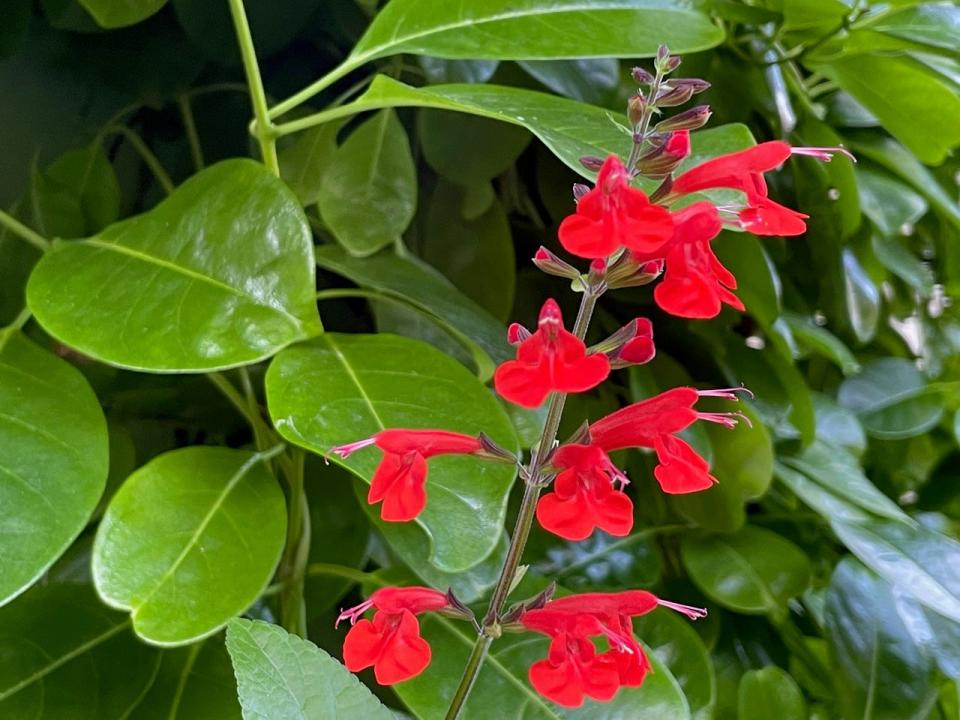
A living shoreline project will incorporate native plants such as mangroves along with other natural elements to stabilize, increase, and reinforce coastal resilience while providing habitat for fisheries. The shoreline will not only be beautiful, it will benefit the environment by buffering floodwater, reducing erosion, storing carbon, purifying water, increasing biodiversity, and providing wildlife habitat.
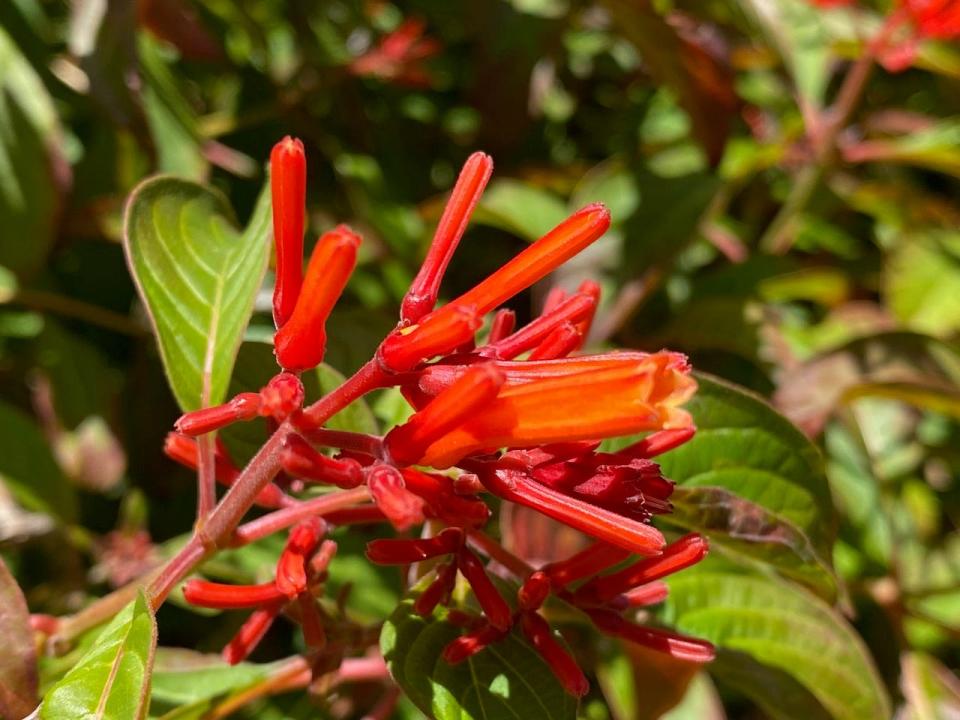
Living shorelines have proven to perform far better during major storms than hardened shorelines and they cost much less to establish and maintain. The approval of the much-needed pilot program should create lasting positive ramifications for the fragile barrier island.
Why mangroves are essential for both projects
Mangroves are an essential feature of both projects and, thanks to their branching and root systems, create remarkably diverse ecosystems.
Red, white and black mangroves, all native to Florida, contribute to the overall health of our waterways by filtering water through their root systems. The resulting ecosystem traps and recycles organic materials and important nutrients, providing food for fish and thousands of marine species. These roots also provide attachment surfaces for marine organisms that filter water through their bodies, restoring water quality and clarity.
Above the root system, mangrove branches serve as rookeries, providing essential nesting areas for beautiful coastal species including egrets, herons, kingfishers, pelicans, ibis and roseate spoonbills. And mangroves sequester two to four times more carbon than mature tropical rain forests; they store more carbon than any tree on earth and contain the highest carbon density of all terrestrial ecosystems.
We should recognize these vital plants as part of our state heritage, as well as one of our most valuable natural resources.
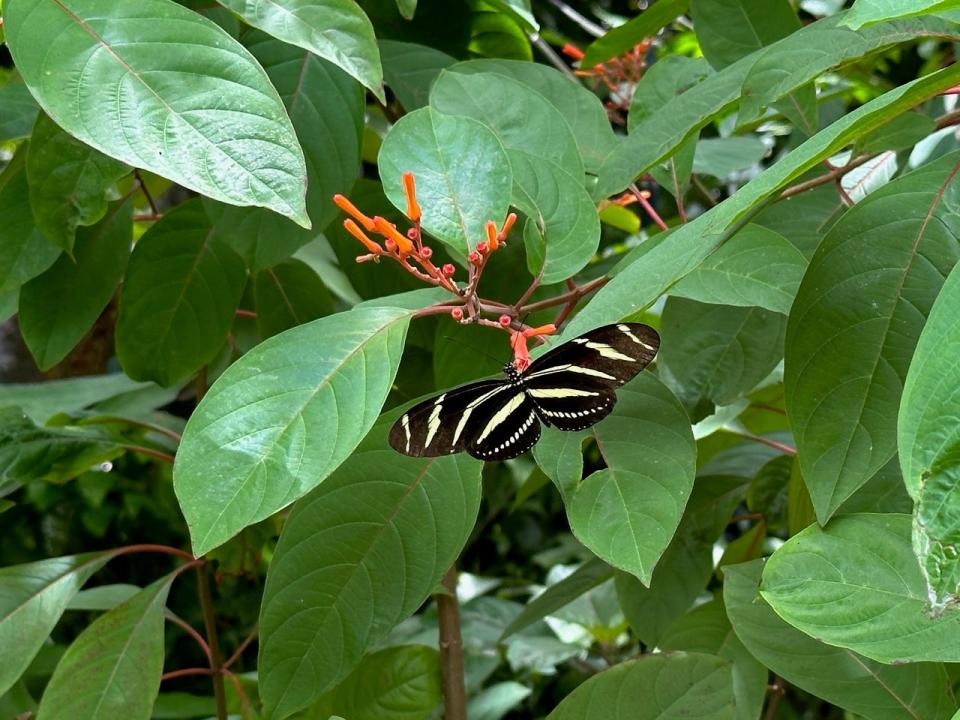
Buttonwoods are the final plant in the living shoreline succession, with red mangroves closest to the coast, followed by black mangroves slightly farther inland and then white mangroves, all combining to create dense thickets with their tangled roots.
Buttonwoods are salt, wind and drought tolerant and with their open, spreading canopies, they make beautiful specimen trees while providing important wind and flood barriers. And as Palm Beachers are aware, they can be pruned into formal hedges as well.
The relationship between mangroves, marine life and water quality cannot be overemphasized. They are incredible plants as part of our state heritage as well as one of our most valuable natural resources.
Songbirds are starting to fill the skies and trees
Another positive for the community is the growing number of songbirds we have seen this spring. But this really depends upon where you are. My live oaks, gumbo limbo and sabal palms are so full of birds — it’s a delight to wander past the garden and listen to the cacophony of birdsong at any time of the day.
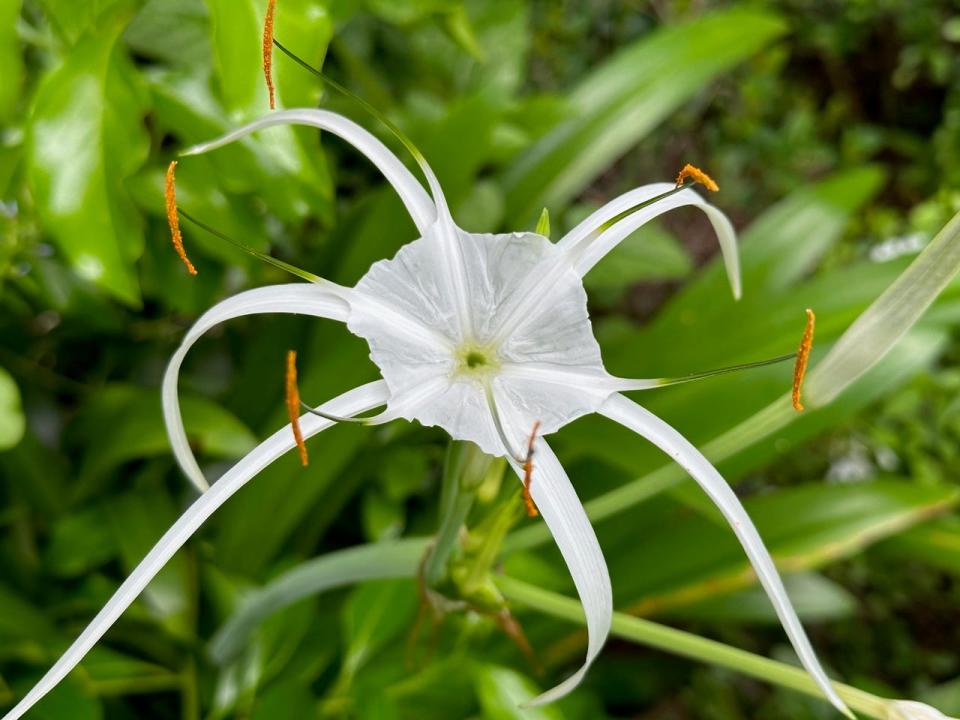
But farther north along the ocean or the Intracoastal, beside the giant ficus hedges, the stench of pesticides lingers in the air and all is quiet. It’s quite eerie if you’re on a bike to experience the total lack of birdsong in these areas, but where there are pesticides, there are no insects; without insects no bird food exists and consequently there are no birds.
There are so many native plants in bloom now, and many more about to open. Jamaica caper will soon be covered with its sensational pink and white starburst blooms, and Spider lilies will be sending up their tall stalks of fragrant white blossoms.
Wild coffee is now covered in white clusters of fragrant flowers and firebush is awash with orange/red tubular blooms. Beautiful blue Stokes aster will be opening any day, and tradescantia’s violet blossoms are about to appear.
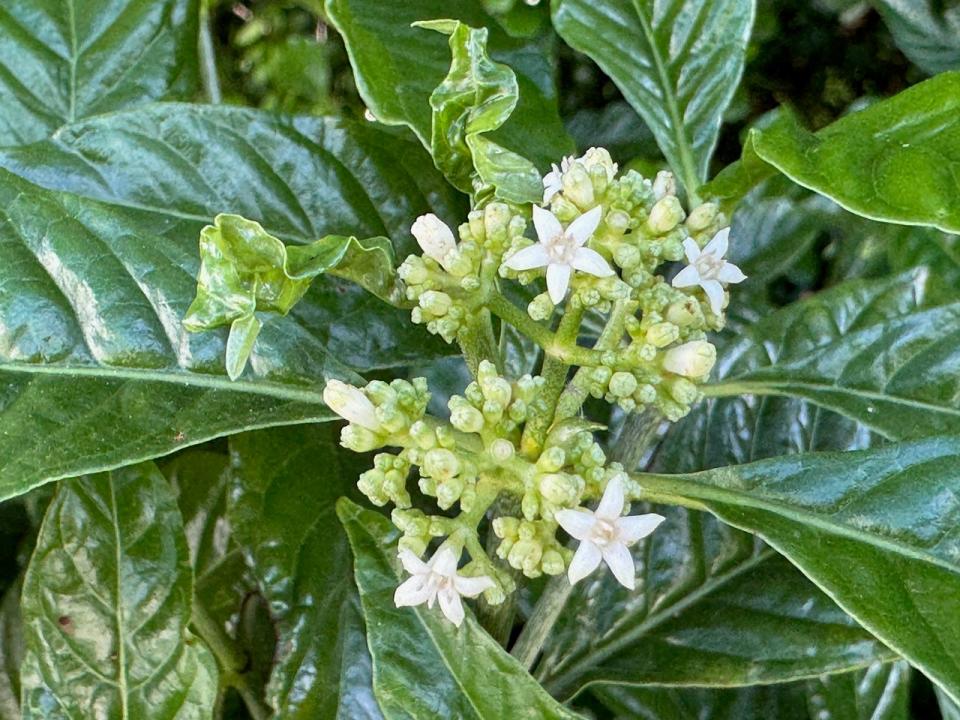
Fragrant tiny white flowers are opening on Simpson stopper and salvias are ablaze in pink, white, red and blue. Butterflies are everywhere and pollinators are visiting all the native blossoms. Get out and enjoy your gardens, but avoid toxic pesticides. There’s nothing sweeter than the smell of fresh spring flowers, untouched by chemicals.
This article originally appeared on Palm Beach Post: Column: April events will have positive effect on Palm Beach environment

